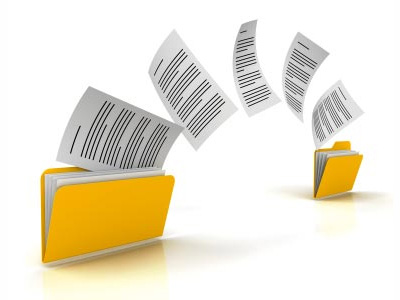3 things to look for in a dedicated server backup software
 Eqservers
Eqservers Dedicated Server Tutorials
Dedicated Server Tutorials 11/11/2015
11/11/2015
In the last post we discussed how important it is for us to have a backup strategy for our dedicated servers. Today, we lay down the basis of what makes a good server backup software to help you find what would suit your needs. Since naming the best or 10 best software isn’t easy. It is also not practical because our server ecosystem and specs would be completely different from yours.
Keep in mind that our suggestions are general in nature and may apply to a small business that doesn’t employ an IT manager.
1. Ease to use: If we are looking into a small business scenario without an IT manager, ease of use is important. A great dedicated server backup software is worth nothing if it isn’t easy to setup or operate. To start, it should be just as good as plug and play but have all the important features available as customizable functions during the initial setup. The other easy to use feature you are looking for is – setup and forget. The backup software is setup after carefully drafting a backup strategy, it shouldn’t have to wait for human instructions.
2. Resource footprint: Availability of CPU and memory is primarily reserved for the production environment of a business. Resource intensive backups can crash the server if the production requirements are high at the time of the backup. Hence, a backup software with the lowest resource footprint should automatically get the preference. Most companies tackle this by limiting resources available to the backup software but that makes the process last longer. The best strategy is to schedule backups during off business hours by analyzing usage logs and finding the best window to run bacups.
3. Backup compression rates: Backups eat gigabytes for breakfast! Compression is your best friend to avoid spending a fortune on backup storage space. However, high compression rates can be resource intensive and need more time. Most dedicated server backup software come with a default compression rate but you should be able to customize the compression rate to meet your specific requirements based on file types. Compression is not just shrinking files but excluding repetitive data intelligently.
Fundamentally, all backup software do the same things, the difference lies in understanding your requirements and determining which one meets your requirements.

